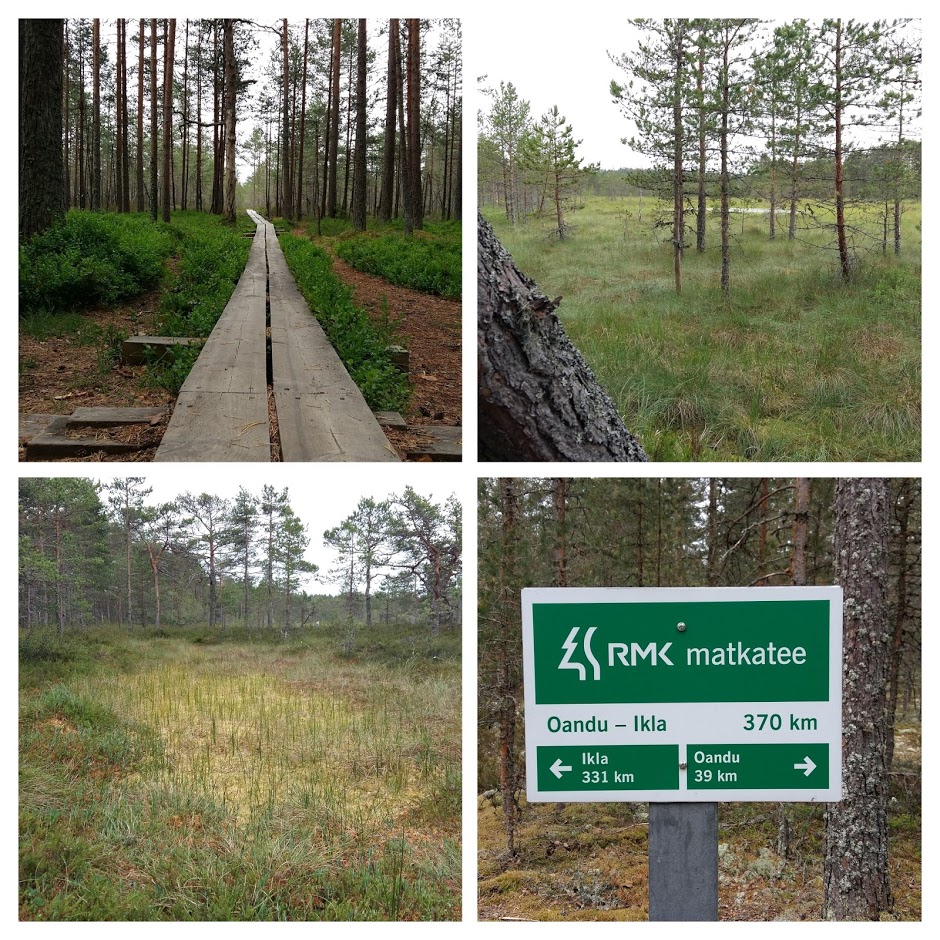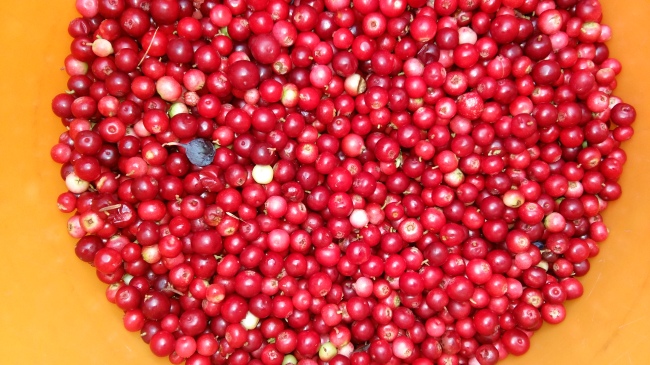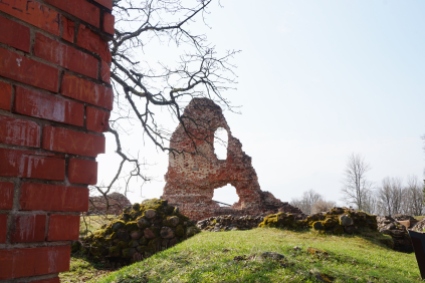





Tag: photos
Autumn #autumn #fall #sügis #estonia
4 Best Routs to Visit South Estonia #visitestonia #southestonia #võro #seto
1. I would suggest not to drive from Tallinn directly to Tartu, but take a detour and admire Shore of Peipsi Lake.
Tallinn – Rakvere (99 km / 1h 12 min)- Kuremäe ( from Rakvere 91 km/ 1h 10 min)- driving along lake Peipsi (Lohusuu, Mustvee, Alatskivi) 94,6 km/ 1 h) to Tartu (from Alatskivi 40 km/ 37 min)
- Rakvere visit 13th-century castle ruins, open 10-18, ticket 9 euro
- Kuremäe
The Pühtitsa Dormition Convent (Kuremäe Convent) is open every day: 07:00 – 19:00, free - Mustvee
Mustvee Old Believer’s Museum is one of the 21 places in Southern Estonia worth discovering that are marked by a yellow National Geographic window; is open advance bookings only - Alatskivi
Alatskivi Castle is a Neo-Gothic castle in Alatskivi, Estonia. Dating to the 17th century; amazing rose garden. Take a tour in the castle, participate in workshops - Have dinner in Alatskivi pub or
- Fish and Onion Restaurant of the Old-Believers of Kolkja open 12-18
- And/ or visit Peipsimaa külastuskeskus /Peipsimaa Visitor Centre. Workshops, dinner, info…open Wednesday- Sunday 11-18
Continue reading “4 Best Routs to Visit South Estonia #visitestonia #southestonia #võro #seto”
Spring
before green
One cold, windy and rainy day…





Sillamäe. #visitestonia #sillamäe #estonia100
Sillamäe, known also in Germanized version as Sillamäggi or Sillamägi (Estonian for”Bridge Hill”), is a town in Ida-Viru County in the northern part of Estonia.
During the Soviet regime in Estonia, Sillamäe remained a closed town due to the secrecy and security measures related to the uranium production activities at the local plant.
And till today, this  is quite complicated to notice the entrance to the city.
is quite complicated to notice the entrance to the city.
The locality of Sillamäggi was first mentioned in 1502 when the area was under the control of Livonian Order. The bridge across Sõtke and a mill in Sillamäggi were documented in 1700.
In the 1800s, Sillamäggi developed into a resort village offering a more tranquil experience than the nearby resort town of Hungerburg. But In the 1920s and 1930s, Sillamäe became the industrial city.
This part of Estonia- north-eastern Estonia, Ida-Virumaa, has a challenging and little bit sad history. Settled a long time ago. Amazing nature, sea, forest and cliff coast. Near to Russia…Older people still remember beautiful buildings, cosy cafe…
But by the end of 1944, the original native inhabitants were not allowed to return to their homes after the war and immigrant Russian-speaking workers from other parts of the USSR were brought in to populate the city. As I wrote, Sillamäe was a special, industrial and very secret city, even the locals could not visit it. I visited Sillamäe first time at the end of the 90s…
Continue reading “Sillamäe. #visitestonia #sillamäe #estonia100”
Winter in Estonia #estonia #winter #visitestonia
Haapsalu. #visitestonia
 If you are a sports fan, you will definitely know Haapsalu swordsmen’s Kaido Kaaberma, Oksana Jermakova, Nikolai Novosjolov, Julia Beljajeva, Irina Embrich, Kristina Kuusk, Erika Kirpu
If you are a sports fan, you will definitely know Haapsalu swordsmen’s Kaido Kaaberma, Oksana Jermakova, Nikolai Novosjolov, Julia Beljajeva, Irina Embrich, Kristina Kuusk, Erika Kirpu
Maybe you have even seen the historic very touching and sad movie “Vehkleja” The Fencer. The film was selected as the Finnish entry for the Best Foreign Language Film at the 88th Academy Awards, making the December shortlist of nine films, but it was not nominated. The Fencer was also nominated for the Golden Globe award in the Best Foreign Language Film category as a Finnish/German/Estonian co-production.
Estonian Bogs #visitestonia #estonia100 #ViruRaba #KakerdajaRaba #KõnnuSuursoo
 Visiting a bog is fun in every season.
Visiting a bog is fun in every season.
I did my photos in June. It was a rainy day, so the quality of photos, not that excellence.
A peat bog is a mix of water and land. Bog water is low in salts, so it does not quench thirst, but because of acidity, this water is pure and drinkable.
Hiking in Estonia is always a good idea. Discover mysterious bogs. Find more information about hiking www.rmk.ee/eng

Did you know?
Mire landscapes cover around 22% of Estonian surface, with 6% belonging to bogs. In the whole world, only the surface of Finland, our neighbour to the north, has more wetlands than Estonia, and Estonians take a lot of pride in that.

Bogs cover a fifth of the mainland area in Estonia, of which bogs are the most ancient, stretching back to over 10,000 years. About a quarter of Estonia’s plants grow only in mires, among them many relict species from the Ice Age.

Estonians have a saying ” vaga vesi, sügav põhi”- still waters run deep. Saying this, we are thinking about people who may seem quiet, but wait and see…:)
But this saying describing very well bogs.
It seems like grass, land, solid ground, but…. be careful, it is wet and soft. You could sink and drown.
Viljandi #visitestonia #eesti100 #estonia100 #viljandi
 Viljandi is a town and municipality in southern Estonia. This adorable little town hidden deep within southern Estonian forests boasts impressive castle ruins, former home of the ruling Livonian Order. The scenic views of the nearby lake and wooden architecture make Viljandi a place of interest to both nature and culture lovers.
Viljandi is a town and municipality in southern Estonia. This adorable little town hidden deep within southern Estonian forests boasts impressive castle ruins, former home of the ruling Livonian Order. The scenic views of the nearby lake and wooden architecture make Viljandi a place of interest to both nature and culture lovers.
I am from Viljandi. Viljandi is my childhood hometown.
Mulgi- Mulgimaa is an area in South-Estonia, with own culture, traditions, food and dialect.
This area and culture is a perfect example of the globalisation already in 19th of century. During the American Civil War from 1861 to 1865 was the lack of cotton and price was very high.
So, as demand for alternatives. South Estonia, Mulgimaa has perfect conditions for the cultivation of linen. Bondage was in Estonia abolished 1816, but still, farmers were very poor and the land was owned by landlords. But because of America and demand for linen, farmers gets enough money to buy from landlords land and farms. And this area becomes rich and successful. This made others little bit jealous and they started to call people and this area Mulgimaa 🙂

Prehistoric hillfort (9th-13th) century AD( was located on Kaevumägi. In 1223 it was conquered by the German crusaders. Stone fortifications were started from AD 1224. The Convent building was erected at the turn of the 13th-14th century.

What to do and see in Viljandi Continue reading “Viljandi #visitestonia #eesti100 #estonia100 #viljandi”
Narva- Jõesuu #visitestonia #narvajoesuu #estonia100
 Narva Jõesuu is situated in north-eastern Estonia. The town’s name in Estonian and Russian means “Mouth of the Narva”,
Narva Jõesuu is situated in north-eastern Estonia. The town’s name in Estonian and Russian means “Mouth of the Narva”,
Thanks to the beach, covered with fine sand and lined with a pine forest, There are a lot of SPAs and Narva-Jõesuu has long been a popular summer destination. In the late 19th and early 20th century, it was a spa town frequented by the nobility from Saint Petersburg.
Today Narva- Jõesuu is eclectic and comparing with Latvian Jurmala, need a lot of investments to restore the former glory.
But on the other hand, this is it Narva Jõesuu.
Old fashioned dachas (summer houses) alternately with gorgeous villas. Abandoned nine-storey houses alternately with The New Russian (a person who gained quick riches) style palaces with arches and towers…
Did you know? Estonia holds 4th place in urban air quality (WHO)
Continue reading “Narva- Jõesuu #visitestonia #narvajoesuu #estonia100”














































